Top 200 [Mythical Creatures] and Monsters from Around the World Part 2
175 - Nidhoggr
In Norse mythology, Níðhöggr is a dragon who gnaws at a root of the world tree, Yggdrasil. It is known that the Níðhöggr punished those guilty of murder, rape, and oath-breaking, which Norse society considered among the worst possible.
174 - Fachan
In Scottish folklore the Fachan is a monster or giant described by John Francis Campbell in Popular Tales of the West Highlands as having a single eye in the middle of its face, a single hand protruding from its chest instead of arms, and a single leg emerging from its central axis. It wields a spiked club, and uses it to chase away anything that comes near it. It hates all other life, and will destroy whole farms and orchards in a single day.
173 - Unhcegila
In Lakota mythology, Unhcegila is a serpentoid creature which was responsible for many unexplained disappearances and deaths.
172 - Ekek
In Philippine mythology, Ekek are bird-like human creatures. They are winged-humans who search for victims at night. It is also known that Ekek looks most for sleeping pregnant women.
171 - Calygreyhound
The Calygreyhound is a mythical creature that appears in medieval heraldry. The de Vere family, who were the Earls of Oxford, used the Calygreyhound in their coat of arms in the 15th and 16th centuries.
170 - Simargl
Simargl is a deity or mythical creature in East Slavic mythology, depicted as a winged lion or dog. It is said that this creature will bring the end of times.
169 - Audumbla
In Norse mythology, Auðumbla is a primeval cow. It is said that the frost giant Ymir fed from her milk. This cow produced four rivers of milk from which the giant fed on.
168 - Myrmecoleon
The Myrmecoleon is a fantastical animal from classical times. The true origins of the Myrmecoleon are fairly obscure. This creature has the head of a lion and the body of an ant. They were always found dead. And that they had died because of their combined formic and leonine natures. It was assumed that the lion part required meat, while the ant part required grain, and thus conflicting body types caused them to starve to death.
167 - Indrik
In Russian folklore, the Indrik-Beast is a fabulous beast, the king of all animals, who lives on a mountain known as "The Holy Mountain" where no other foot may tread. When it stirs, the Earth trembles. The word "Indrik" is a distorted version of the Russian word "edinorog" which means Unicorn.
166 - Draugr
The Draugr is an undead creature from Scandinavian saga literature and folktale. The Draugars live in their graves or royal palaces, often guarding treasure buried with them in their burial mound.
165 - Nunda
The Nunda, also known as "The Eater of People" is a creature found in the Swahili Tales. It is a giant feline that some people say that they really saw it, mostly at the beginning of the 19th century.
164 - Cynocephaly
The Cynocephaly is a creature with human body and a dog head. These creatures are found in Greek and Egyptian mythology and they are known to have the capability to metamorphose from a human to this creature, like werewolves do, just that they can talk.
163 - Abaia
According to Melanesian mythology the Abaia is a type of large eel which dwells at the bottom of freshwater lakes in the Fiji, Solomon and Vanuatu Islands. The Abaia is said to consider all creatures in the lake its children and protects them furiously against anyone who would harm or disturb them.
162 - Nguruvilu
The Nguruvilu originates from the ethnic religion of the Mapuche. It is a river-dwelling creature and looks much like a strange fox, with a long body, similar to a snake, and a long tail with fingernails that it uses like a claw; but it is a water-being. Nguruvilu live in and are the cause of dangerous whirlpools which kill people who try to cross rivers.
161 - Mares Of Diomedes
The Mares of Diomedes were four horses in Greek mythology that ate humans. They belonged to the giant Diomedes, king of Thrace.
160 - Ushi-Oni
The Ushi-Oni is a demon from the folklore of western Japan. They are most often shown with the bovine head and a spider torso. They generally appear on beaches and attack people who walk there.
159 - Lou Carcolh
Lou Carcolh, is a mythical beast from French folklore. It's described as a large, slimy, snail-like serpent with hairy tentacles and a large shell. Nobody dared to approach the creature, as unwary persons would be grabbed by its tentacles, dragged into its cave and devoured whole.
158 - Gamayun
The Gamayun is a fabulous creature, half-human, half-bird from Slavic Mythology. She lives only on an island near Eden and represents supreme wisdom, as she knows everything that happens in the world. In many cases, she can also make prophecies about the future. Being related to the siren, Gamayun also has the "bad habit" of seducing handsome young men, who are about to find their imminent end.
157 - Svadilfari
Svadilfari was a stallion owned by a giant from Norse Mythology. This stallion fathered the eight-legged horse Sleipnir with Loki, who shapeshifted at that moment into a mare.
156 - Yali
Yali is a mythical creature seen in many South Indian temples especially in Tamil architecture, often sculpted onto the pillars. It may be portrayed as part lion, part elephant and part horse, and in similar shapes. They are considered demonic forces always at play in this universe.
155 - Adlet
The Adlet are a race of creatures in the Inuit mythology of Greenland. It is depicted as a Half-Man - Half-Dog creature. They are known for the fact that they sneak out at nights and cut with their fags the ropes of the sledges.
154 - Serpopard
The Serpopard is a mythical animal known from ancient Egyptian and Mesopotamian art. The creature has the body of a leopard and the long neck and head of a serpent. It represents the chaos that reigned beyond Egypt's borders.
153 - Ophiotaurus
In Greek mythology, the Ophiotaurus was a creature that was part bull and part serpent. Its sole reference is found in Ovid's Fastiwhere the creature's insides were said to grant the power to defeat the gods to whoever burned them. The hybrid was slain by an ally of the Titans during the Titanomachy.
152 - Beast of Gevaudan
The Beast of Gévaudan is the historic name associated with a man-eating animal that terrorised the former province of Gévaudan in south-central France between 1764 and 1767. It was believed that this creature was a giant wolf and some gave this creature a mythical element, considering it a some kind of werewolf.
151 - Jotnar
In Norse mythology, the Jötnar are a race of beings that mainly live in Jötunheimr, one of the nine worlds connected by the ash tree Yggdrasil. They’re often in conflict with the Aesir, and are key players in Ragnarök, the end of the world.


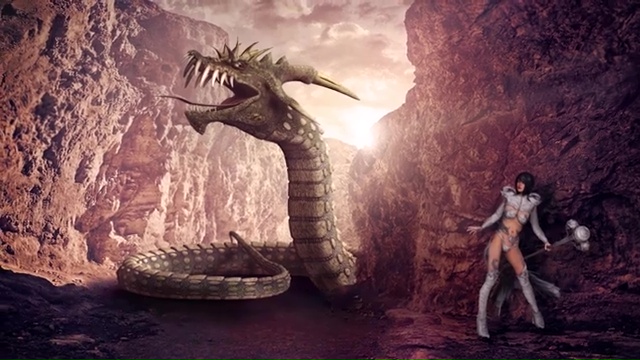
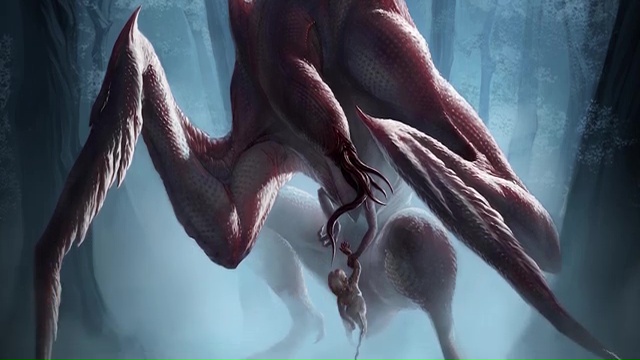





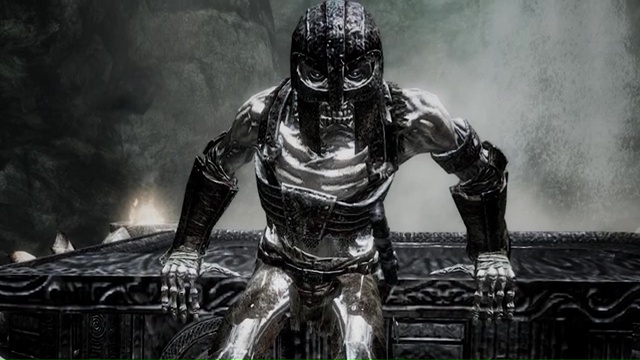











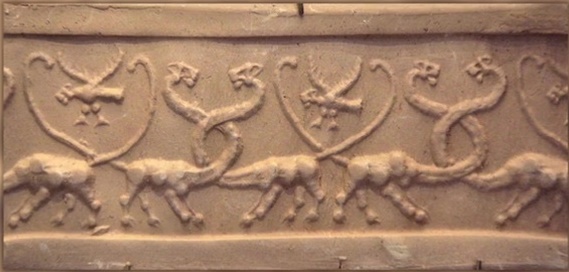


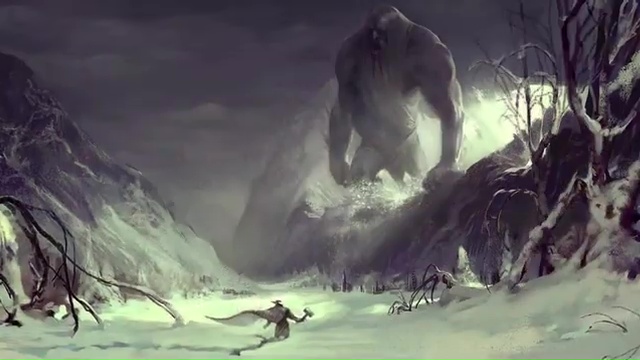




ไม่มีความคิดเห็น:
แสดงความคิดเห็น